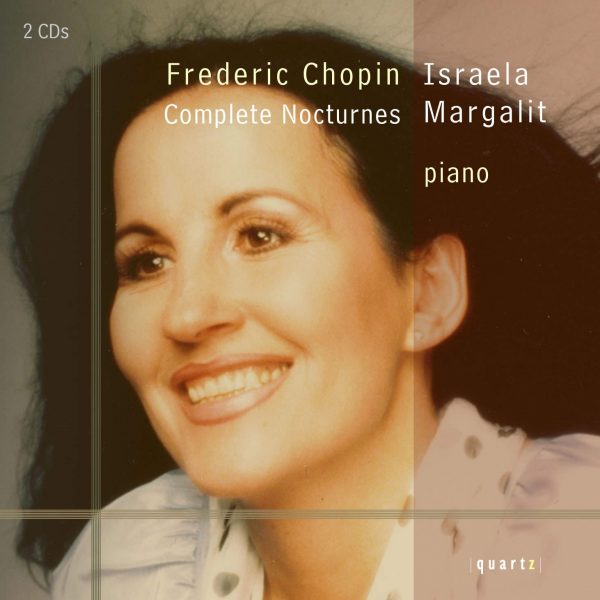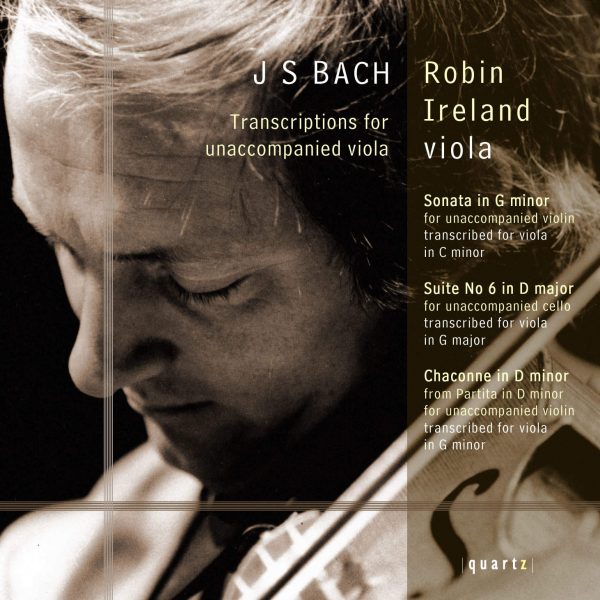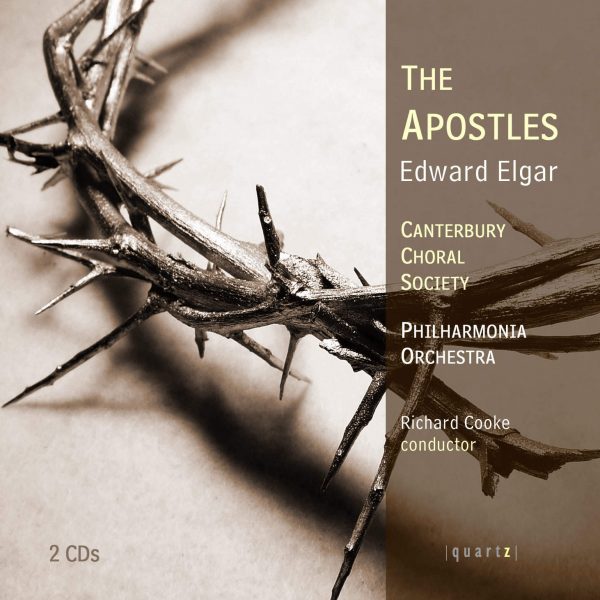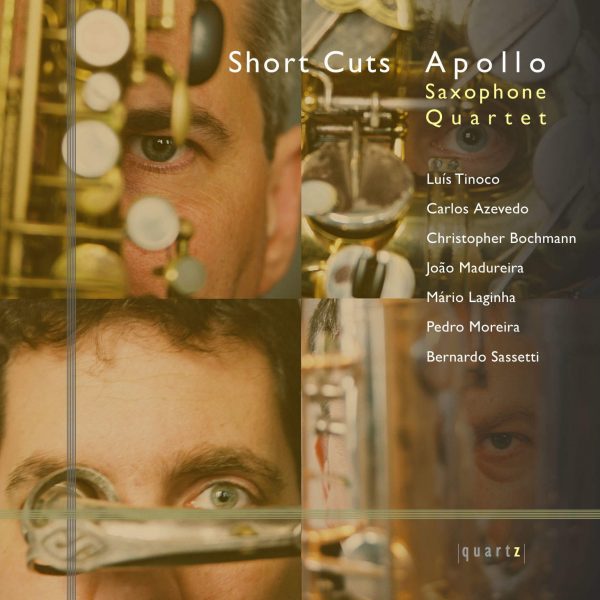Debussy Piano Duets
£4.99 – £11.99
Petite suite
En bateau
Cortege
Menuet
Ballet
Marche écossaise sur un théme populaire
Six épigraphes antiques
Pour invoquer Pan, dieu du vent
Pour un tombeau sans nom
Pour que la nuit soit propice
Pour la danseuse aux crotales
Pour l’égyptienne
Pour remercier la pluie au matin
Symphonie in B minor
La Mer=
De l’aube midi sur la mer
Jeux de vagues
Dialogue du vent et de la mer
Joseph Tong, piano
Waka Hasegawa, piano
About This Recording
Debussy’s piano works were enormously significant in the evolution of the genre. He wove rich and intricate tapestries of texture, explored a fresh harmonic language, and exploited the unique sonorities of the instrument with apparent effortlessness, but with profound consequences for the way the instrument has come to be perceived and played. As a body of work, the solo piano music is widely acknowledged as amongst the most important of all Debussy’s output, and as such has become a monumental edifice, overshadowing the music for two pianos and, as on this disc, the piano music for four hands.
This can in part be attributed to the challenge of performance, with great precision demanded of the two performers in executing these works with accuracy and unity. Yet, as this disc attests, the piano duets offer a highly rewarding insight into Debussy’s musical development, from the early Petite suite, Symphonie and jovial Marche Ecossaise to the Six Epigraphes antiques, so reminiscent of the Preludes, and La mer, refreshingly different for its removal from the more familiar orchestral context.
Debussy’s extraordinary facility in writing for the instrument stemmed from his own ability as a pianist. Maurice Dumesnil wrote of being tutored by Debussy that:
“the tone he extracted from the Bluthner was the loveliest, the most elusive and ethereal I have ever heard. How did he do it? I noticed that at times the position of his fingers, particularly in soft chordal passages, was almost flat. He seemed to caress the keys by rubbing them gently downward in an oblique motion, instead of pushing them down in a straight line.”
Debussy was also an accomplished duettist, being the favourite piano duet partner of Tchaikovksy’s patron Nadezhda von Meck (1831-1894), as well as that of Igor Stravinsky (1882-1971), with whom he performed the four-hand version of Le Sacre du printemps in 1913.
The Petite suite of 1889 has become one of Debussy’s best-loved early works, particularly in its 1907 transcription for orchestra by Henri Besser. Its melodic attractiveness predates the harmonic and textural innovations of Debussy’s later music, reminding the listener more of his musical predecessors. The opening barcarolle, En bateau, is redolent of Faure; Cortege recalls Bizet, and the graceful Menuet is close in style to Massenet, while the Ballet has echoes of Delibes and might almost anticipate Chabrier’s Bourree fantasque of 1891.
Debussy’s publisher Jacques Durand (1865-1928) recalled a performance, in 1889, of the suite, given by himself and the composer:
“In an attempt to do something to persuade music lovers of the charm of the Petite suite, it was agreed with Debussy that the two of us should give a performance of it at a Paris salon frequented by the elite among the dictators of aesthetic fashion.
Debussy was very nervous before sitting down at the piano with me, and urged me not to go too fast. I promised. But hardly had we begun when Debussy began to hurry; and despite all my efforts, I was unable to hold him back. He was in haste to put this public trial behind him. So I followed the somewhat hectic tempi as best I could, and the work finished with a brio that was, probably, an important factor in the polite sympathy with which the work was finally greeted.
The Marche Ecossaise sur un theme populaire of 1891 was commissioned by General Meredith Read, to whom the work is dedicated. Read was a descendant of the Earls of Ross, whose spirited ancient fighting tune provides the basis for the March. It seems likely that the work was originally planned for a brass and reed band, which would have been a fascinating medium through which to hear Debussy’s music.
Conductor Desire-Emile Inhelbrecht (1890-1965), chorus-master at the premiere of Le martyre de Saint Sebastien, described Debussy’s response, during a rehearsal of the Nocturnes for performance at the Theatre des Champs-Elysees, at missing an earlier rendition of the orchestrated Marche Ecossaise:
“You see, my dear boy, I’ve never heard it.” That was in 1913, and the Marche Ecossaise was written in 1891! In those days, great composers learnt how to wait. The rehearsal of the Nocturnes was interrupted on the spot, and the unknown work played to its composer, who was deeply touched and said: “But it’s a pretty piece!”
The Six Epigraphes antiques date from July 1914, but are derived from seven of Debussy’s Chansons de Bilitis of 1899 (Nos. 1, 4, 7, 8 and 10-12), hence their closer affinity with Debussy’s earlier style than with other works written late in his life. Indeed, it is hard not to be reminded of earlier, solo piano works when listening to these pieces. The brief opening movement has shades of the Prelude to the Suite Bergamasque, and the three pages of whole tones that make up Pour un tombeau sans nom inevitably recall the similarly whole-tone dominated Voiles (Preludes, Book I, No.2). In Pour que la nuit soit propice the mysterious opening octaves and insistent, vital rhythms are reminiscent of Soiree dans Grenade (from the Estampes) and L’isle joyeuse. The rapid scalic flourishes of Pour la danseuses aux crotales recall the similar gestures of La danse de Puck (Preludes, Book I, No.11), and, though less frenetic, the movement also possesses a similar skittish restlessness, while Pour l’egyptienne incorporates the exotic modal inflections employed in a number of Debussy’s other works. With its ostinato bass and driving motor rhythms, Pour remercier la pluie au matin, similar in character to Feux d’artifice (Preludes, Book II, No.12), concludes the suite, drawing on material from the opening movement to unify the whole work.
Originally conceived as an orchestral work, (with an Andante, Air de ballet and Final added to the existing movement), the Symphonie en si mineur was arranged for four hands by the eighteen year-old Debussy in 1880, yet, tantalisingly, was never orchestrated. Debussy had been staying with Nadezhda von Meck as piano tutor to her children, and early in 1881 he sent her a copy of the Symphonie. Mme von Meck replied on 20 February that she was delighted with the “charming symphony”, and hoped for a performance by the composer, which doubtless took place in the following summer, when Debussy again stayed with her in Russia.
Years later, in the role of music critic, Debussy declared the “superfluity of the symphony”. Yet on 23 May 1912 he expressed “deep admiration” for Madame Colonne in her visitor’s album by including two bars of the “forever unfinished symphony”, bars which may provide a clue as to the otherwise unrealised content of the work. The Symphonie was unearthed in 1925 by mathematician K.S. Bougouchevsky in Russia, and was published by N. Gilaeiv in Moscow in 1933.
Stylistically the Symphonie is a fascinating work, offering a rare insight into Debussy’s early, as yet unformed, musical language. The opening is barely recognisable as the work of Debussy, its solid, periodic gestures and conventional harmony more suggestive of Brahms or Dvorak. In the bombastic conclusion, too, the qualities of late Romanticism are strongly in evidence. Here, in particular, the music bursts out of the piano, leaving the listener with the sense that orchestral sonorities would, as intended, allow this expansive material its full impact. It is only in the central D major section that we can begin to trace Debussy’s later stylistic fingerprints: a lightness of touch and delicacy of texture that would germinate into significant aspects of his style.
When describing the increasing independence of Debussy’s orchestral works from pianistic idioms, and the concurrent increase in the “orchestral” quality of his piano music, Roger Nichols states that: colour on the piano is more nearly tied to pitch and texture and can be quite different from that produced by an orchestra playing the same notes. This is an important point on which to reflect when hearing the four-hand piano version of Debussy’s triptych La mer. Though less frequently performed than the orchestral score, this four-hand arrangement was in fact completed first, on 5 March 1905. The orchestral work was finished months later, not long before its October premiere, when La mer became the subject of hostile criticism and whipping up of controversy and musical faction in the press. Pierre Lalo wrote in Le Temps, 15 October 1905: “I neither hear, nor see, nor feel the sea.” Debussy responded in a letter to Lalo: “I love the sea, I have listened to it with the passionate respect that it deserves”.
This has echoes of another letter written by Debussy, to Andre Messager, on 12 September 1903:
” I was destined for the fine life of a sailor it was only by chance that I was led away from it. But I still have a great passion for the sea. You will say that the ocean doesn’t wash the hills of Burgundy and that what I am doing might be like painting a landscape in a studio. But I have endless memories and, in my opinion, they are worth more than reality, which generally weighs down one’s thoughts too heavily.”
In his recollections of Debussy, Jacques Durand mentions not only Debussy’s pianistic ability, but also the famous image that helped to inspire La mer:
“He was very fond of his upright piano, a lovely instrument from which he drew ravishing sounds. I also remember, in his study, a certain coloured engraving by Hokusai, representing the curl of a giant wave. Debussy was particularly enamoured of this wave. It inspired him while he was composing La mer, and he asked us to reproduce it on the cover of the printed score.”
The breaking of day is evoked in the first movement, De l’aube a midi sur la mer, the opening texture of which, when heard on the piano, seems to foreshadow that of the watery reprise heard towards the end of La cathedrale engloutie (Preludes, Book I, No.10). After this slow introduction, representing dawn, comes an undulating section with a brief climax of great rhythmic complexity. The next section surges forth before its central climax brings a reiteration of the “sunrise” theme from the introduction, a theme heard at its most glorious in the coda.
The scherzo Jeux de vagues was praised by Pierre Boulez for its “elegant, condensed, and elliptical syntax”, and is a wonderfully fluid, inventive movement. It falls broadly into three sections, the first a dance of splashing trills and pulsating ostinato rhythms, developed in the second alongside the introduction of a new theme building the movement to its climax. The final section features the addition of an increasingly animated waltz before the wind drops and the movement closes with relative calm.
An impending storm opens Dialogue du vent et de la mer before two motifs from the first movement are recalled. The principal theme of this last movement is a swift chromatic figure, which is alternated with the other main themes of the work to establish an overarching unity. Hearing La mer on the piano, shorn of its orchestral colours, may enable the listener more fully to appreciate the intricate thematic relationships of this work, as well as Debussy’s exquisite melodic and harmonic sound-worlds.
La mer is, in either of its incarnations, a sublime manifestation of Debussy’s assertion, in a letter of 1906 to his stepson and pupil Raoul Bardac, that music possesses unique illustrative qualities, perhaps more vivid than those of any other artistic medium:
“Collect impressions; that’s something music can do better than painting: it can centralize variations of colour and light within a single picture “a truth generally ignored.”
© Joanna Wyld, 2006
Track Listing
-
Claude Debussy
- Petite Suite: En bateau
- Petite Suite: Cortege
- Petite Suite: Menuet
- Petite Suite: Ballet
- Marche Ecossaise sur un Theme Populaire
- Six Epigraphes Antiques (i) Pour invoquer Pan - dieu du vent d'ete
- Six Epigraphes Antiques (ii) Pour un tombeau sans nom
- Six Epigraphes Antiques (iii) Pour que la nuit soit propice
- Six Epigraphes Antiques (iv) Pour la danseuse aux crotales
- Six Epigraphes Antiques (v) Pour l'Egyptienne
- Six Epigraphes Antiques (vi) Pour remercier la pluie au matin
- Symphonie in B minor
- La Mer (i) De l'aube a midi sur la mer
- La Mer (ii) Jeux de vagues
- La Mer (iii) Dialogue du vent et de la mer




